"This was a story by animated drawings. It was of the fairy tale type, but well executed, well handled and convincingly portrayed. Sakamoto deserves special commendation for his patience and for the splendid completion of a very difficult task." American Cinematographer, Feb. 1936, 73.
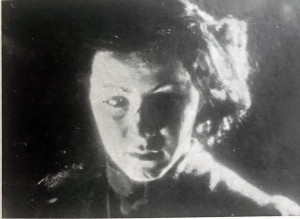
"a sogg. lungh. norm."/feature-length feature film
“Uno della Montagna è l’esaltazione della lotta dell’uomo contro la natura. La montagna (è questa la leggenda) colpisce con la morte tutti quelli che tentano conquistarla. A valle gli uomini e gli animali vivono nella più catastrofica miseria, mentre al di là della sommità vi è un “Alpe” intatto: è necessario trovarne il valico. Esso offrirà alle popolazioni affamate nuove e più fertili,. Due giovani animosi, attraverso non poche peripezie, tentano l’impresa ed uno di essi, più coraggioso e più generoso dell’altro, che abbandona il compagno in un momneto difficile, porta a termina la scalata fra l’esultanza dei valligiani. La vicenda è animata da una delicata storia d’amore.”
“One of the Mountain is the exaltation of the struggle of man against nature. The mountain (this is the legend) punish by death all those who attempt to conquer it. In the valley, men and animals live in the most catastrophic misery, while beyond the summit there is an intact “Refuge”: it is necessary to find the pass. It will offer new and more fertile land to the starving populations. Two courageous young men, through many vicissitudes, attempt the enterprise and one of them, more courageous and generous than the other, who abandons his companion in a difficult moment, completes the climb to the exultation of the valley dwellers. The episode is animated by a delicate love story."
—Notizario delle sezioni cinematografiche dei gruppi universitari fascisti a cura del ministero della cultura popolare, September 1938 p. 10
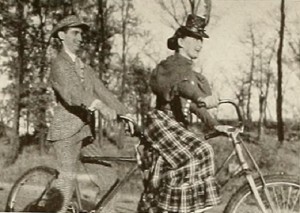
"Unsung Heroes, produced by The Calvin Company, has just about everything that a good industrial film ought to have. It is entirely in color, and the exposures are excellent, particularly in many shots of technical operations in the plant, which are ordinarily considered difficult. The subject embraces the manufacture, testing and rigid inspection of the component parts of a modern electric refrigerator. It is presented in a smooth, comprehensive way, with well delivered commentary and good incidental music,specially arranged to point up the action. The opening sequence, which shows a lip synchronized effect on a traveling outdoor shot, is unusually well done. However, the relation between this sequence and the rest of the film should have been more closely established." Movie Makers, Dec. 1941, 568.
"Unsung Heroes tells of the extreme care used in manufacturing electric refrigerators and of the exacting tests for durability, accuracy and silence of operation. Although the film is based on the familiar "trip through the factory" pattern, it has great interest for consumer audiences." Movie Makers, Jan. 1942, 8.
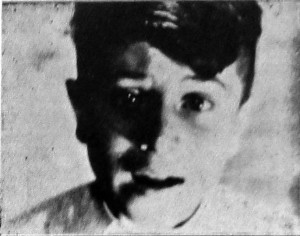
"doc. a fantasia"/avant-garde documentary
doc. scientifico"/scientific documentary
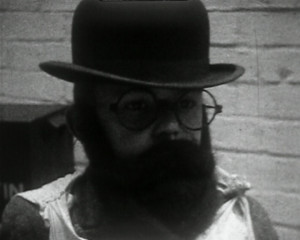
"An amateur comedy drama about a young Englishman pursued by Russian spies and the kidnapping of his girlfriend." (EAFA Database)
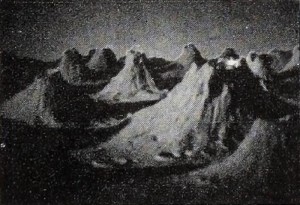
"Jack E. Gieck's film is a fanciful abstract study delineating the aspect and activity of the planet Uranus. In it he has wisely kept his footage brief. His lighting effects on models of the mountains and the color patterns of liquids reflect an imaginative concept. A rather too soft focus toward the end of Uranus is somewhat unexplainable, but his choice of an excellent musical score contributes to a fascinating creative experiment." Movie Makers, Dec. 1951, 412.
Excursión a los montes de Urbia y Aralar. El filme muestra un paisaje maravilloso por los senderos del parque natural de Aralar y una acampada en las praderas de hierba verde de Urbia, una ruta clásica entre montañeros que incluye el paso por localidades emblemáticas.
An excursion to the Urbia and Aralar mounts. The film depicts a wonderful landscape through the paths of the Aralar natural park, and a camping trip through the green prairies of Urbia, a classic route for mountaineers that includes passing through emblematic places.
Total Pages: 299